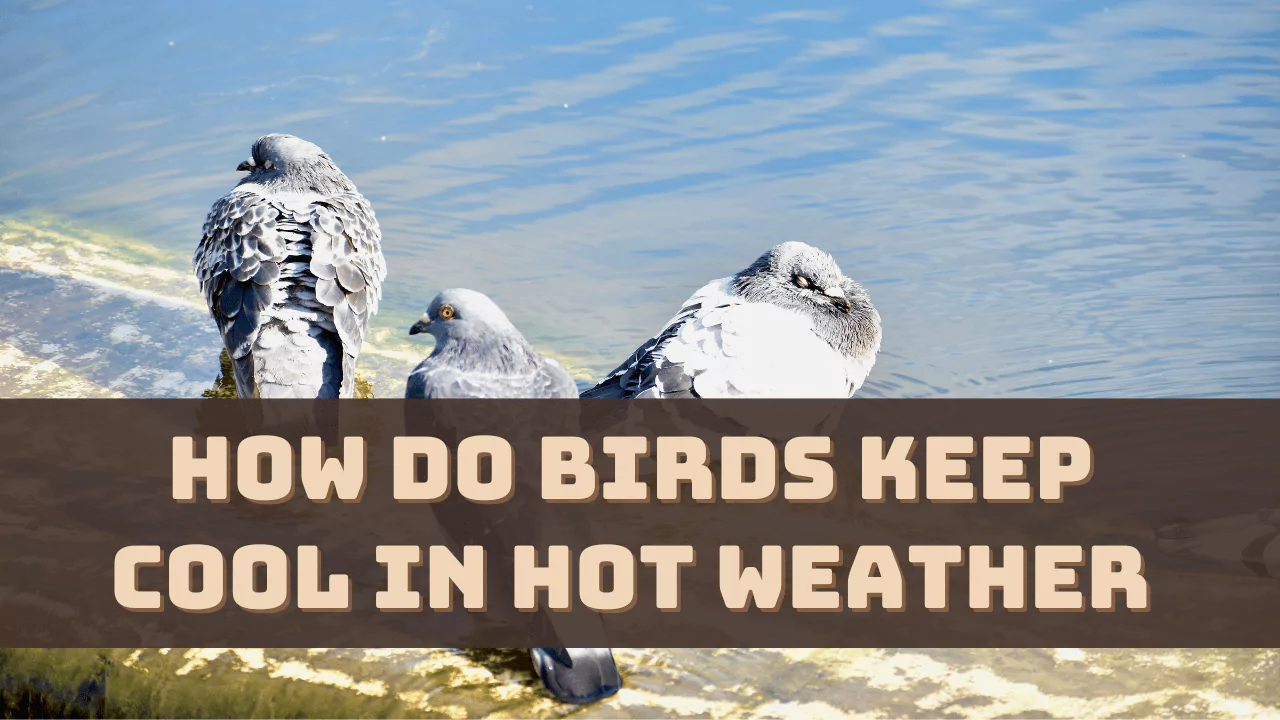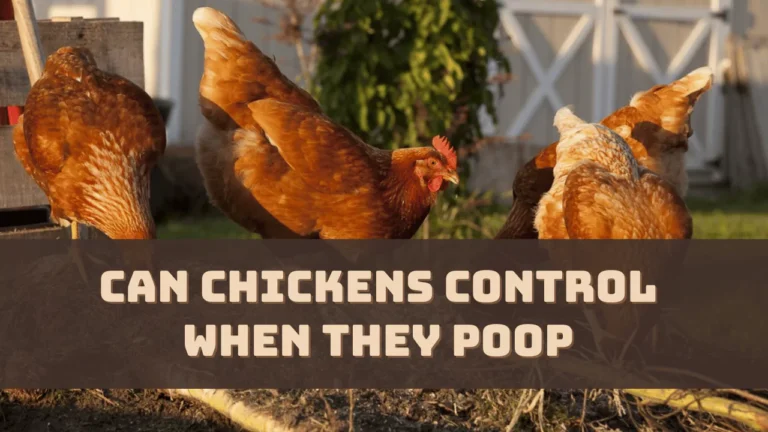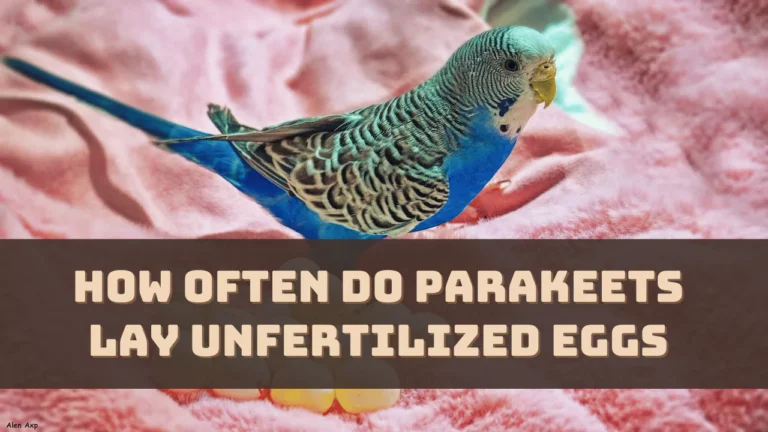Over the years birds have gone through an adaptation process that helps them to beat the heat in hot weather. However, they lack the sweat gland and are not seen panting to keep themselves cool, rather they have a specialized respiratory system that helps in the exchange of heat and moisture, keeping them cool.
Even if birds are endotherms, their average temperature ranges between about 97°F (36°C) and 113°F (45°C).
So, let’s dive deep into the fact of how a bird keeps themselves cool in hot weather and how you can help them, being an avid bird watcher.
What is the Source of Heat in a Bird?
A bird gains heat from the environment and has a high metabolism, they also generate internal heat. However, the amount of heat generated tends to vary based on the muscular activities in a day and unfavorable external temperatures.
How do Birds Conserve Heat?
The feathers of the birds act as excellent insulation. The down feathers trap the heat, which helps the bird survive during extreme cold temperatures. They also conserve heat by shivering where the skeletal muscles contract and relax rapidly.
Behavioral Strategies by Bird for Heat Management
Here are the strategies applied by the birds as part of heat management. Birds do not pant like dogs to manage heat, rather they have adapted to other behavioral strategies, such as –
Sunbathing and Shading
Birds need to avoid the radiation from the sun to keep themselves cool even when the external temperature turns too hot. They try to minimize the heat gain from the feet and also avoid gaining heat from the surroundings. They look for shade to cool off and to regain the warmth, they sunbathe.
Postural Adjustments
A significant amount of heat is lost when a bird gets exposed to the sun and wind, and so they move to a sheltered spot to control the body temperature. They minimize the exposure of their surface areas to the sun or direct radiation.
Blood Flow Regulation
Most of the exchange of energy among birds happens due to the surrounding air and water, through their feet which are not insulated with feathers. They can also control the volume of blood reaching their extremity to control the heat exchange. As the blood flow increases through the leg more heat is dissipated and vice versa happens during the cold environment.
Counter-current Heat Exchange
Birds also have the capability of thermoregulation which occurs through the vascular system by distributing the heat throughout the body. Deoxygenated and oxygenated blood runs parallel through the body of the bird and so the current equalizes the temperature. The blood cools down before it enters the feet and the blood gets warm when it enters the body – a counter-current heat exchange takes place
How Do Birds Cool Themselves?
Here are the adaptations that a bird implements to cool themselves during the summer.
Panting and Gular Flutter
When the climate gets hotter, birds are seen to pant, where they open their bills and try to cool off. As the water evaporates from their skin and mouth, breaking the bonds of liquid and their body temperature reduces. Some birds also have a more specialized technique, where they are seen to flutter their throat and it creates airflow passing through the oral cavity and this is called gular flutter.
Bathing
Birds do not have any sweat glands to cool off, so they need to visit the nearest water source to bathe and then wait for the evaporation to take place which cools them. Some birds are even seen standing in water, which cools the legs and bellies, while other birds are seen diving into water.
Take Power Naps
Birds try to avoid the hottest time of the day, during the afternoon, to limit their exposure to the heat. They also tend to become inactive and take power naps when the sun is up. When the days cool off they again become active.
Change in Diet for Heat Tolerance Among Birds
Birds can alter their diet to cope with heat stress and the behavioral changes seen are:
Staying Hydrated
During the hot climate, birds mostly consume fruits and vegetables which have high water content to stay hydrated.
Consuming Protein-rich Food
To support their thermoregulation process, birds are seen to consume more insects and small mammals which are rich in protein and help to build muscle mass.
Eat Fiber-rich Food
Birds consume seeds, grains, and every other food item which is rich in fiber content as it takes longer to digest. It also produces heat as the byproduct, which in turn helps to regulate the body temperature.
However, the dietary change varies from one bird species to another. Some might be seen using the hydration policy whereas others can rely on a combination of all three heat stress management diets.
How Do Birds Keep Their Eggs Cool in Summer?
The birds provide the egg with proper shade and also construct a shaded and well-ventilated nest. They also carry water in their beak to moisten the eggs and help them to regulate the temperature.
How Can You Aid Birds During the Summer Days?
To help the birds during the summer, as the temperatures climb up, and the natural behavioral adaptations are not enough, you can provide them shade and water in your backyard.
- You can install a birdbath in your backyard, where the birds can cool themselves off.
- You can also add summer water features, such as drippers, fountains, etc, which would attract more birds. Also, the moving water would help to minimize the chance of bacterial growth and even reduce the breeding of any parasite.
- Always keep a shallow basin so that the birds can take a dip without any risk of drowning.
- Place the birdbath under the shade, so that the water doesn’t get heated up.
- You can also add a chuck of ice to the water every morning to keep the bath water refreshing. Along with this you can also place a bird feeder and fill it up with food items that would keep the bird hydrated.
- You can also add a birdhouse which is well-ventilated and provides air-cooling facilities during summer.
What is Turbocharged Metabolism?
Cuculiformes birds have a unique metabolism, where they regulate the body temperature, and also maintain a high activity level during the summer, called turbocharged metabolism.
What is Thermoregulation Migration?
Many birds migrate seasonally where they look for shade or wet areas to cool off and the migration can be short as well as long distance, this strategy to maintain body heat is called thermoregulation migration.


![Can Ducks Have Celery? [Explained] 7 Can Ducks Have Celery](https://masterbirds.com/wp-content/uploads/2024/02/can-ducks-have-celery-768x432.webp)

